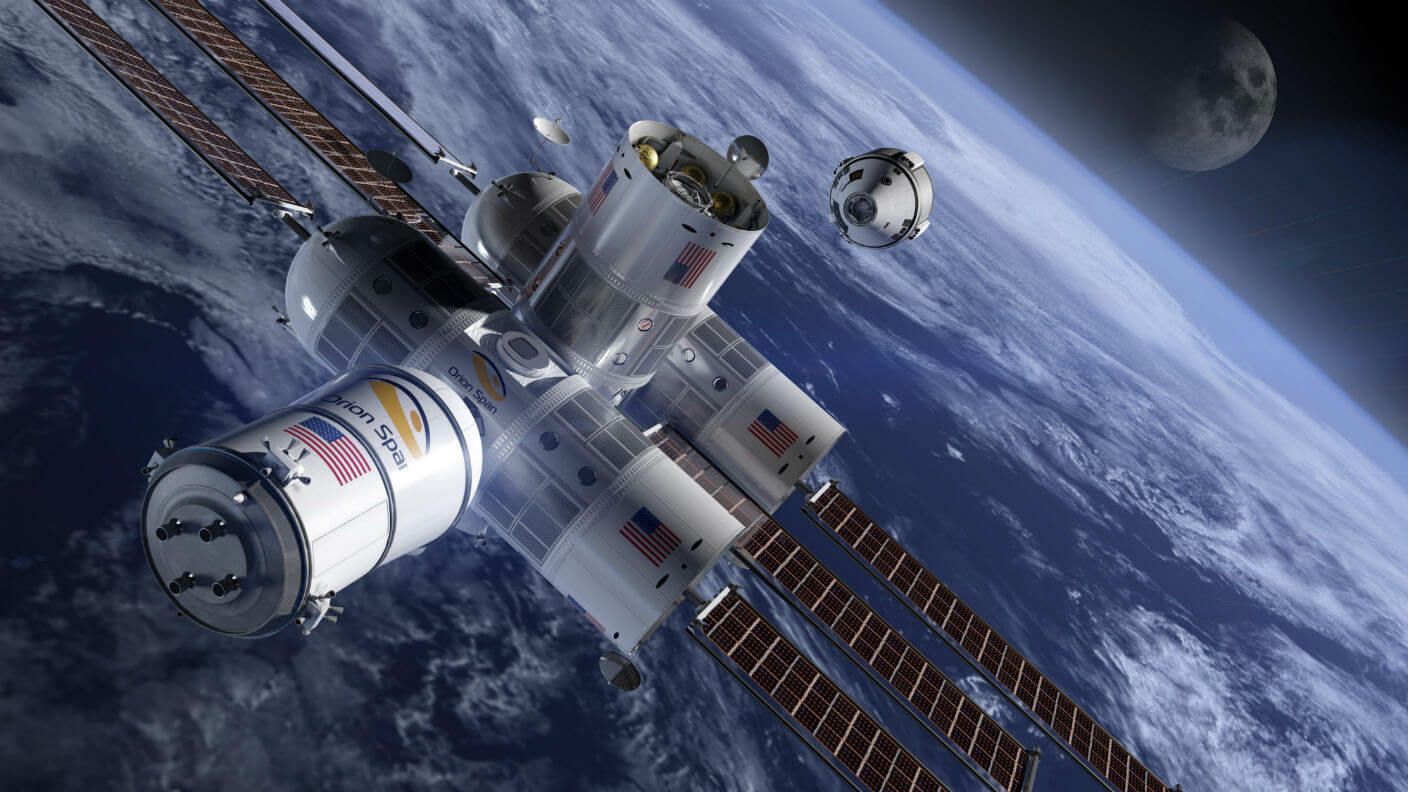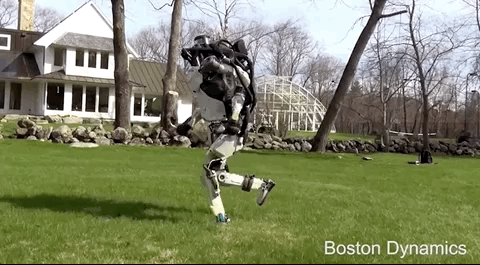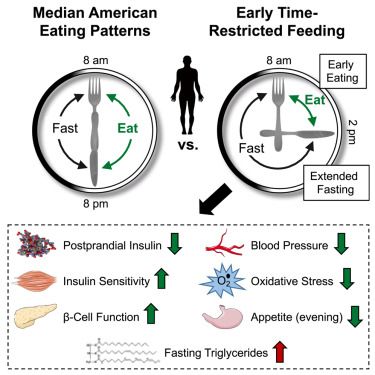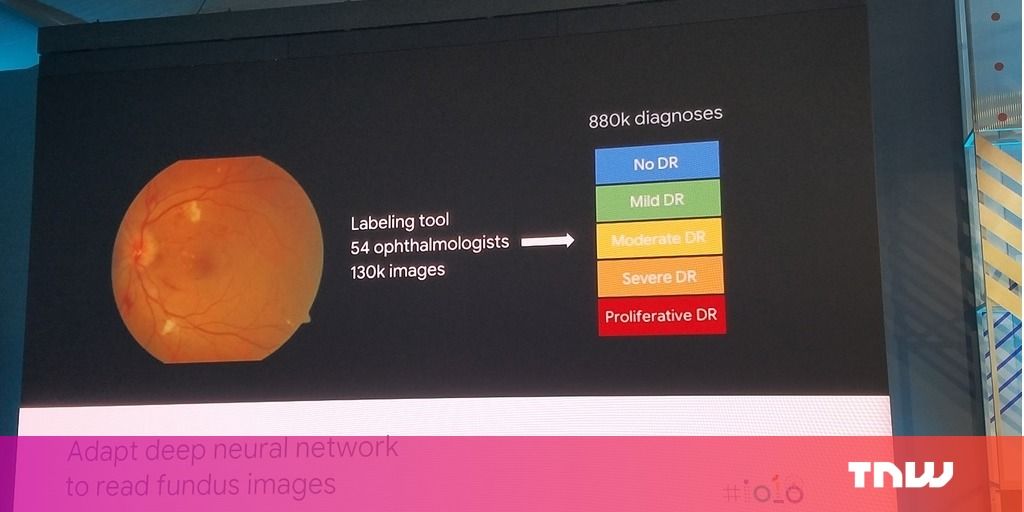The VULCAN system from Made In Space combines metal deposition with machining to create metal parts.



A discussion on whether or not extended lifespans might make us paranoid about every tiniest risk.
Some months back, I read “Sapiens: A Brief History of Humankind” by Yuval Noah Harari. It’s a really good book, though it did disappoint me significantly when, after discussing the past and the present of our species, the author began glancing towards possible futures. At that point, the impartiality required of a historian, which Harari had thus far managed to keep up more or less evenly throughout the book, gave way to a subtly implied pessimism pervading, among other things, his views on future rejuvenation biotechnology.
Honestly, I wasn’t expecting him to even touch upon the subject; I was pleasantly surprised, at least until I realized that his concerns, most of which were the usual ones you’d expect, seemed to make him inclined to see rejuvenation as a plague rather than a blessing.
A curious new concern
Harari presented his concerns but didn’t venture imagining any solutions to them, which I find to be a fatal flaw that pushes readers to assume that they are insolvable and inescapably destined to materialize, and neither of these things is necessarily true.

It won’t be cheap, but your holiday plans could include a trip to the edge of Earth’s atmosphere or beyond—before the end of this year. Several space tourism companies are zeroing in on their first launch.
Bob Smith, CEO of Jeff Bezos’ Blue Origin, told CNBC: “We think we still have that possibility of getting that done this year.”
Virgin Galactic founder Richard Branson shared similar sentiments, revealing that the thing he was most excited about in 2018 was “hopefully going into space,” presumably in one of his own company’s ships. The news follows a recently restarted series of test flights after a tragic test flight crash in 2014.

Great suggestions for educators who want to implement SEL and mindfulness more effectively in their classrooms.
___ Social-emotional learning (SEL) teaches the key attitudes and skills necessary for understanding and managing emotions, listening, feeling and showing empathy for others, and making thoughtful, responsible decisions. For five years, I was an educator in the field teaching mindfulness and emotional skills to.

For an invited competition, Pickard Chilton and ARUP collaborated on the concept design for a Mega-Skyport – Uber’s vision for a next-generation urban aviation transport system. Dubbed “Sky Tower,” the project is intended to facilitate at least 1000 vehicle arrivals and 1000 departures per hour, with each vehicle accommodating up to five passengers.
Once the objective of the desired throughput was resolved, Pickard Chilton and ARUP endeavored to create an elegant yet highly engineered and sophisticated work of architecture that would support and augment the Uber brand. Due to the multi-faceted kit-of-parts and adaptability of the individual module, it can be applied both vertically and horizontally to suit any given context.
While the Sky Tower is conceptual, it is not science fiction. Based on a pragmatic and research-driven approach, the Sky Tower concept delivers to Uber a modular, extensible and sustainable solution that supports their vision for the future of intra-urban transportation.


Sutton et al. conduct the first supervised controlled feeding trial to test whether intermittent fasting has benefits in humans in the absence of weight loss. Prediabetic men following a form of intermittent fasting called early time-restricted feeding improved their insulin sensitivity, blood pressure, and oxidative stress levels without losing weight.

Launching the same rocket to orbit twice in 24 hours has never been done before. But Elon Musk says the newest version of his Falcon 9 rocket will accomplish the feat in 2019.
“This is a ridiculously hard thing that has taken us…16 years of extreme effort and many, many iterations,” the serial entrepreneur told reporters, after warning them “we’re definitely going to stay on space, don’t even try.” SpaceX is debuting the new rocket today with the launch of Bangladesh’s first satellite.
Musk said this is intended to be the final version of the SpaceX workhorse Falcon 9, allowing his engineers to focus on a larger interplanetary rocket called the BFR. In the meantime, Block 5, as the final iteration is known, could fly as many as 300 missions into space. “If things go well, SpaceX will launch more rockets than any other country in 2018,” Musk predicted.

When you take a picture of a cat and Google’s algorithms place it in a folder called “pets,” with no direction from you, you’re seeing the benefit of image recognition AI. The exact same technology is used by doctors to diagnose diseases on a scale never before possible by humans.
Diabetic retinopathy, caused by type two diabetes, is the fastest-growing cause of preventable blindness. Each of the more than 415 million people living with the disease risks losing their eyesight unless they have regular access to doctors.
In countries like India there are simply too many patients for doctors to treat. There are 4,000 diabetic patients for every ophthalmologist in India, where the US has one for every 1,500 patients.